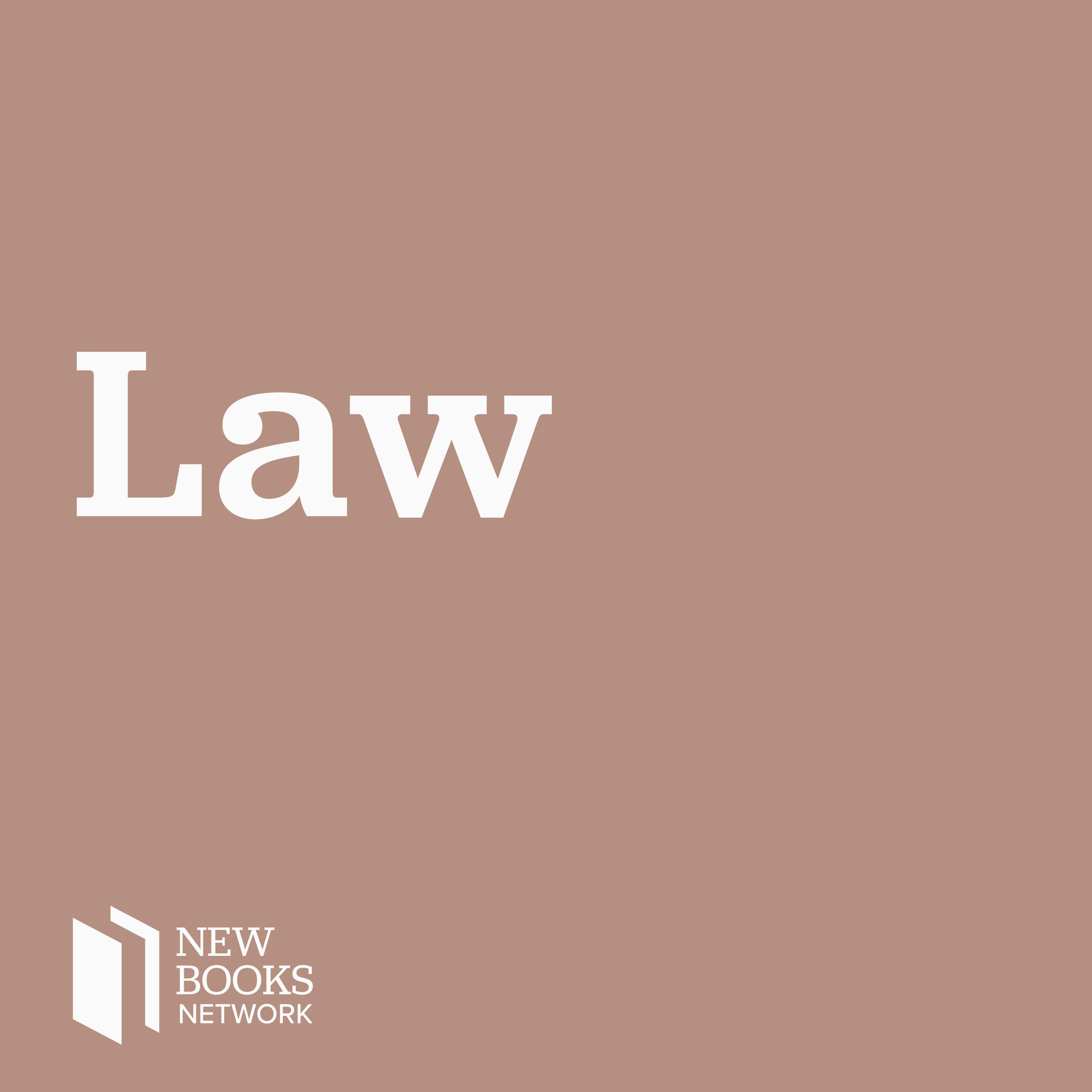Signe Rehling Larsen, "The Constitutional Theory of the Federation and the European Union" ((Oxford UP, 2021)

\u201cThe autarkic European nation-state, if it ever existed, was the exception rather than the rule. Nevertheless it is the myth of the self-sufficient nation-state that lies at the heart of much scholarship on post-WWII European integration,\u201d writes Signe Rehling Larsen in\xa0The Constitutional Theory of the Federation and the European Union\xa0(Oxford University Press, 2021).\n\u201cInstead of interpreting the EU in line with previous projects of market creation through empire and federation, the story of the post-WWII project of European integration is often interpreted as a \u2018conflict\u2019 or \u2018competition\u2019 between the Union and the Member States as the dominant forces in a zero-sum game\u201d.\nWithout taking sides in Europe\u2019s proxy culture war, Larsen\u2019s ground-breaking new book of \u201cpolitical jurisprudence\u201d dispenses with the state as a template for the EU. Rather, she examines the \u201cfederal union of states\u201d in America before the Civil War, Germany\u2019s 19th-century experiments with confederations, and the imperial experience to understand a union that is anything but\xa0sui generis.\nSigne Rehling Larsen\xa0is a Fellow by Examination at Magdalen College, Oxford and was previously a Max Weber Fellow in Law at the European University Institute in Florence.\n*The author's own book recommendations are\xa0Liberty and Coercion: The Paradox of American Government from the Founding to the Present\xa0by Gary Gerstle (Princeton University Press, 2015) and\xa0Cars, Trains, Ships and Planes: A Visual Encyclopedia to Every Vehicle\xa0(DK Children, 2015).\n\nTim Gwynn Jones\xa0is an economic and political-risk analyst at Medley Global Advisors.\nLearn more about your ad choices. Visit megaphone.fm/adchoices\nSupport our show by becoming a premium member! https://newbooksnetwork.supportingcast.fm/law